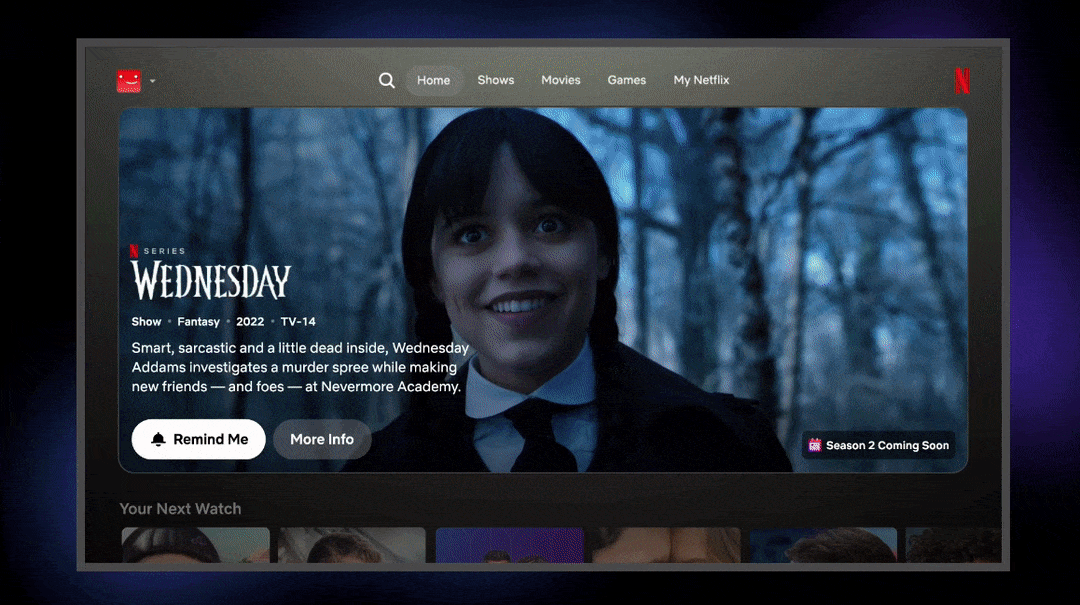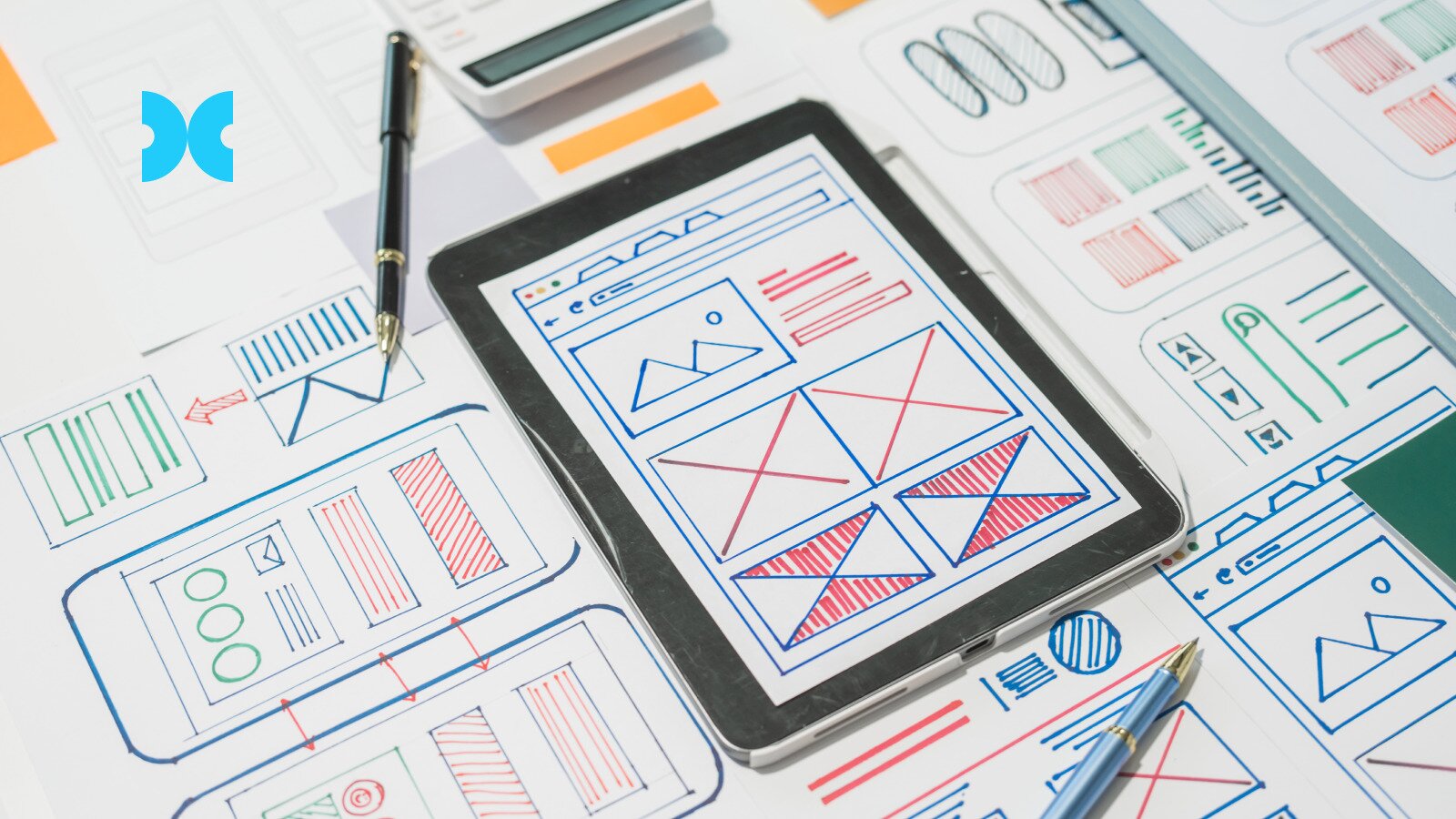In this #mtpcon London talk, Joe Leech shows us how, in order to design products that people love, we need to create experiences that fit into what people’s existing mental models predict for them.
Procedural Knowledge
Declarative knowledge is specific facts that we find hard to remember. Because facts are hard to remember, we convert information into sequences, and this is known as procedural knowledge. It’s the difference between remembering a PIN on an iPhone and drawing a pattern on an Android unlock screen. In procedural knowledge, the first step reminds us of the second and so on. It’s much easier for our brains to cope with.
When designing products, it's therefore critical that we don’t remove steps that people expect in their sequences. These design axioms are propositions which are regarded as being established and accepted. They are present across all types of digital products and include the homepage link on a logo, search bars, and shopping carts.
By helping to start procedural flows for users, we can drive them to the actions that are important to our products. Interactions which allow people to book a hotel experience are not the place to innovate. You want to use as many design axioms to make the solution as simple as possible to people your users.
Psychology to Innovate
People hate change, because it means breaking patterns of behaviour that they rely upon. Existing users normally hate improvements to a site they hold dear, even if they are better for new users. This vocal minority can cause genuine issues for organisations and needs to be addressed if you’re making changes. The best way to implement changes is through slow and gradual iterations.
If you can understand your users’ mental models, you can create new products that fit in with the ways they see the world.
When someone books a holiday, they plan according to the amount of time it will take them to get there, as well as many other factors. They say “Let’s go to the beach, fly, max three hours on the first or third week of May”. Unfortunately many travel booking sites don’t structure their searches this way – and so they fail to meet the mental models of their users. In this situation, a feature that shows maps with beaches three hours away would revolutionise users’ interaction with travel sites. This is true innovation, that relies on user insight to be effective.
As product managers, we need to understand the psychological steps that people go through, if we are going to build products that people truly love and use.






